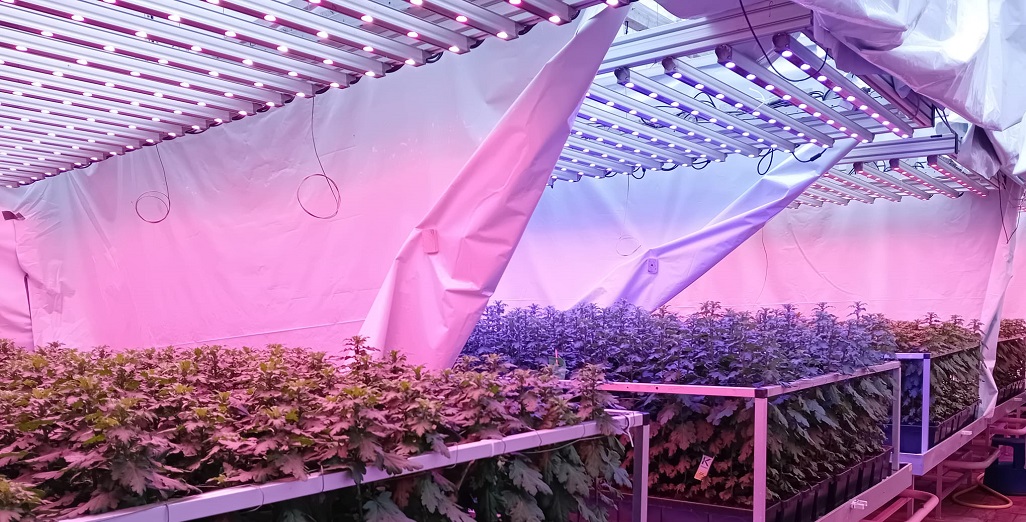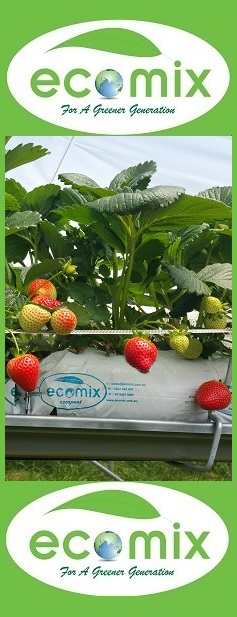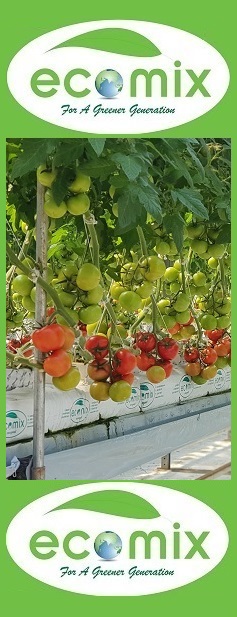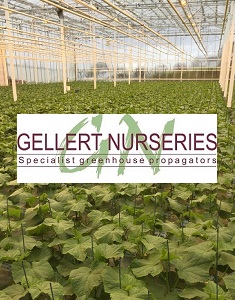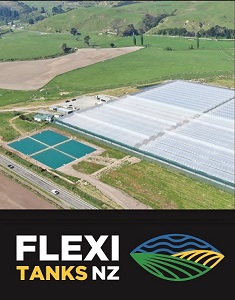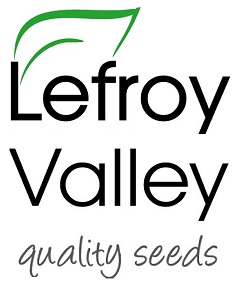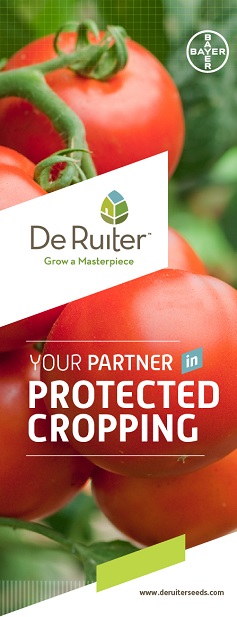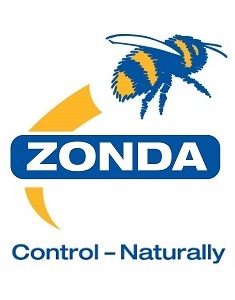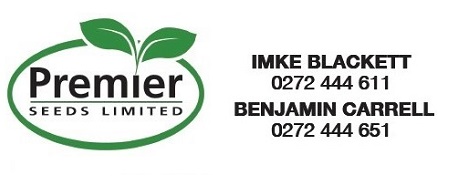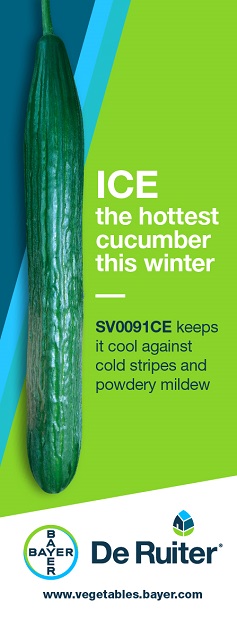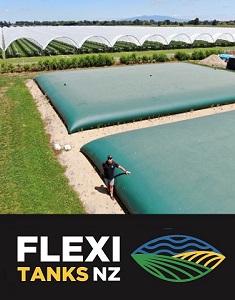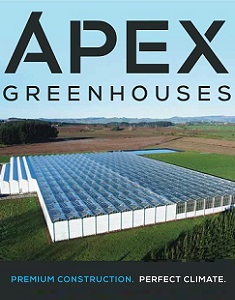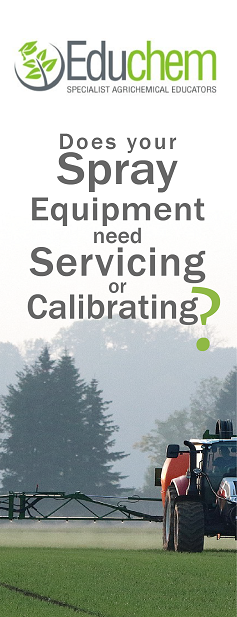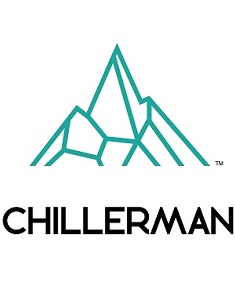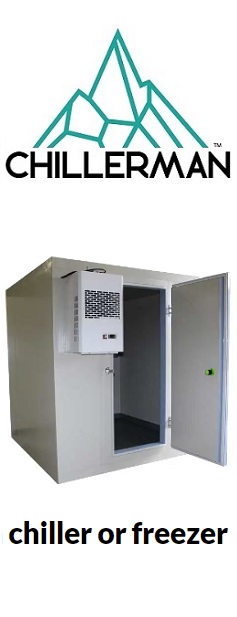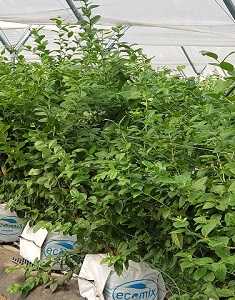Sign up here to subscribe to the Grower2grower Ezine. Every two weeks you will receive new articles, specific to the protected cropping industry, informing you of industry news and events straight to your inbox.
May 2019
Condensation, the forgotten problem

Are growers using products to reduce condensation in their greenhouses?
A few weeks ago, at approximately 3pm, I was driving past a glasshouse and noticed the internal glass was covered in condensation, not just on the side walls but inside the roof. I’ve previously written, on this site, in regards to the impact on reduction of light penetration that condensation has. I am very interested to know if growers are using anti-condensation coatings and if they are not, why?
It is estimated that up to 8% loss of light is caused by condensation in glasshouse structures and it could cause a staggering light loss of up to 25% in plastic houses!! As condensation is not present 100% of the time, I don’t know if this reduction in light % is throughout the entire day or only when condensation is present. However, in the winter condensation can remain for a long period of time depending on many factors.
There are a few reasons why I think growers are not yet using anticondensation coatings. I don’t believe it is the cost of the anti-condensation products.
1, Equipment:
Do you have the equipment to be able to spray the inside of glasshouse roofs effectively? There are all sorts of obstacles in the way. You will require a spray-boom capable of avoiding all of the wires and that can deal with the internal pitch of the roof to get even coverage? You almost need a boom that can be automatically extended and retracted so you are able to move between span or bay.
2, Time of Application:
Coating should be applied is in March-April, however, the weather is still very good and workloads are still high so it is possible growers are not finding time to apply the coatings. Crops might still be in and with these sorts of products it is recommended or preferable to apply when the greenhouse is empty. However, you can test on a small area to see if anti-condensation products cause any phytotoxicity to your cultivar. For cucumber growers, who have regular crop changes, you have more opportunity to apply anti-condensation products easily compared to long croppers.
3, Planning:
Planning two-three months in advance with any growing operation is hard work but thinking eight months in front is much harder. I believe that this is a serious issue, any reduction in light, in the late autumn and all of winter, that is avoidable will directly affect production. Even if it meant a 5% increase in production over a four-month period it must be worth the investment. Furthermore, by having reduced condensation you should reduce water droplets falling on plants therefore reducing fungal pressure.
There are products for both Glass house and Plastic house. This covers a broad range of all protected cropping. Click on the links below to see what products are avialable.
https://www.redusystems.co.nz/en/other-products/maintenance-op/anticondens-for-glass/
https://www.redusystems.co.nz/en/other-products/maintenance-op/anticondens-en/
The cover photo clearly shows the amount of condensation on the inside of this plastic greenhouse. This photo was taken at lunchtime 24th May 2019.
I appreciate your comments. Please feel free to comment below or on the grower2grower Facebook page:
https://www.facebook.com/StefanGrower2grower/
Article Written by Stefan Vogrincic, Consultant, Grower2Grower
Article Edited by Marie Vogrincic, Editor, Grower2Grower
CLASSIFIED
Subscribe to our E-Zine
More
From This Category

Ground cover: woven weed mat or solid plastic… or both?
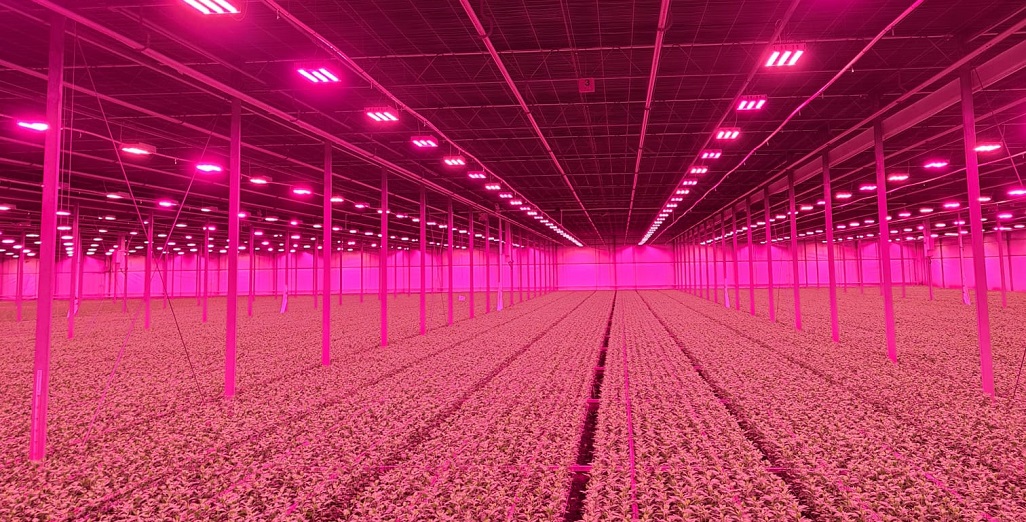
Integration of Philips GrowWise control system with climate computer allows Huisman Chrysanten to light more effectively and efficiently
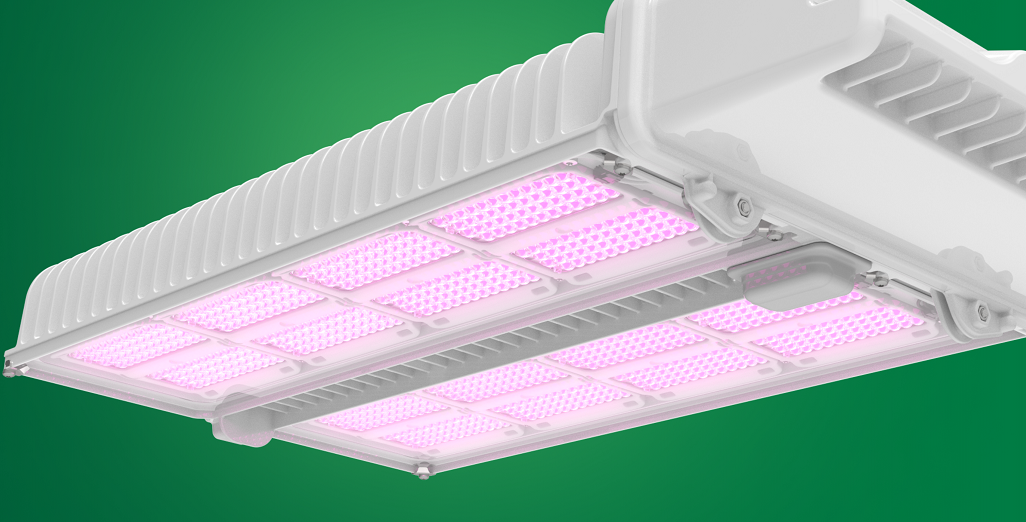
New Philips GreenPower LED toplighting force 2.0
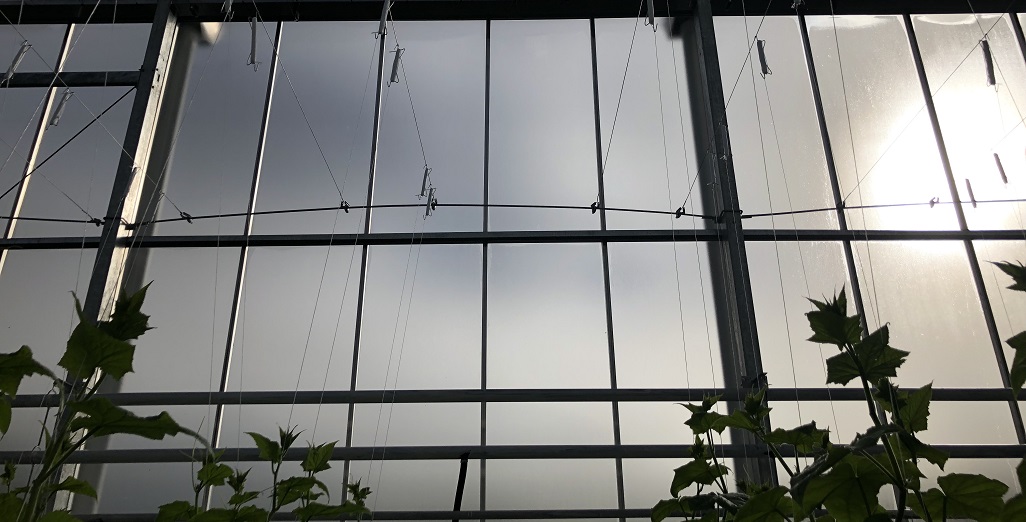
Condensation re-visited
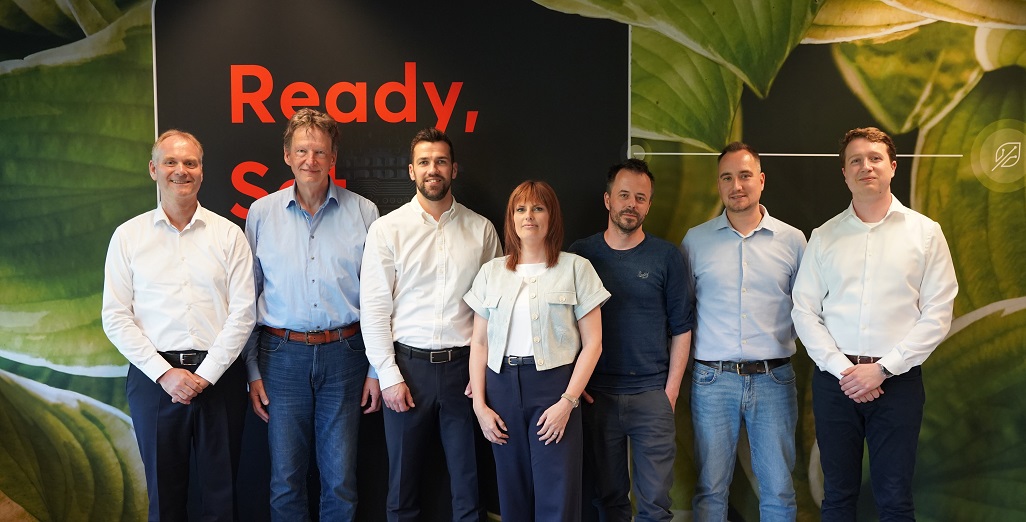
Philips GrowWise Research Center to test and showcase intelligent lighting
